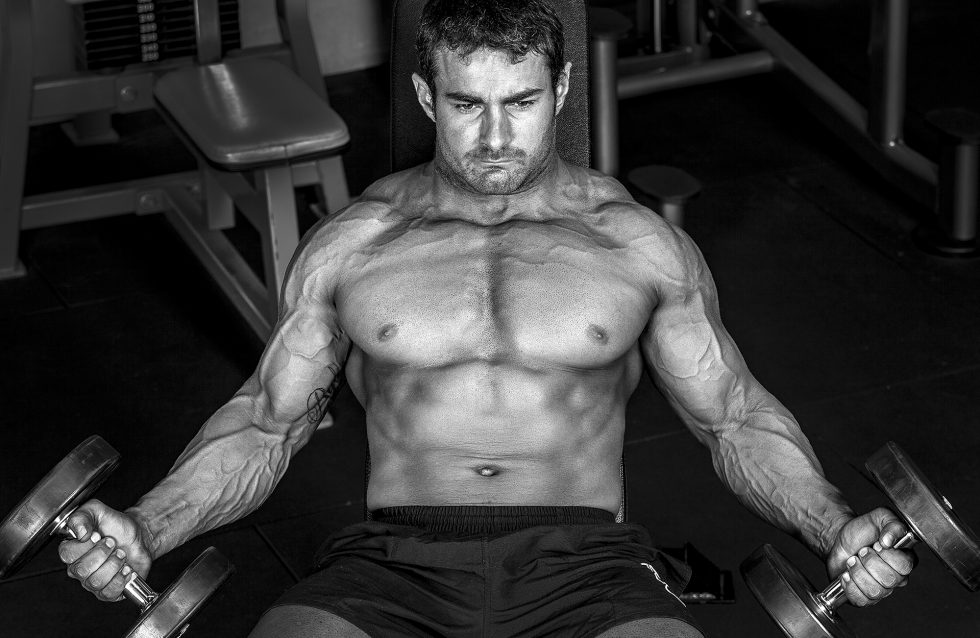Before you can learn about the appropriate times to bulk and cut, you first need to learn what bulking and cutting area. Bulking is simply the process of increasing calorie intake in order to gain weight and/or build muscle. Cutting is the process of reducing calorie intake with the goal of losing weight (particularly fat) to get leaner. Many professional bodybuilders go through cycles of bulking and cutting to prepare themselves for competition. Even if you are a beginner bodybuilder, you can use these principles to sculpt your own body.
Now that you know what bulking and cutting are, you may be curious to know how they work. Before getting into the proper methods for bulking and cutting, however, you might benefit from learning about some of the most common mistakes people make when bulking or cutting. Some of the biggest mistakes people make when bulking include the following:
- Increasing calorie intake without monitoring the actual amount of increase.
- Failure to monitor macronutrient ratios.
- Eating too much high-calorie junk food.
- Failure to do any cardiovascular activity.
- Focus on gaining weight quickly – usually leads to gaining fat, not muscle.
To some degree, simply increasing your calorie intake will lead to bulking. If you want to control your bulk and make sure that most of your gains are from muscle rather than fat, however, you need to be intentional about what and how much you are eating. Macronutrient ratios for bulking are different than they are for maintenance or cutting, so you need to learn how to bulk properly if you are going to do it right. Below you will find some tips for bulking correctly:
- Calculate your calorie intake to maximize muscle gain while minimizing fat gains.
- Aim for a daily calorie surplus around 250 calories for men and 125 for women (this surplus will be calculated based on your daily calorie maintenance level).
- Aim for a rate of weight gain around 0.5 pounds per week for men and 0.25 pounds per week for women.
- Focus on your macronutrient ratios and optimize them to achieve your goals.
The macronutrient ratio you choose to follow will vary according to your goals. Keep in mind that you can either emphasize muscle gain OR fat loss – you cannot achieve your maximum potential for both of these things simultaneously. Why? Because gaining muscle requires a surplus of calories while losing fat requires a deficit. The key to bulking properly is the find the right balance of calories and macronutrients to gain muscle mass while minimizing fat gain. Once you have achieved your goal for muscle gain you can then cut to shed excess fat.
As is true for bulking, there is a right way and a wrong way to go about cutting. Below you will find a list of common mistakes people make when cutting:
- Making significant reductions in daily calorie intake.
- Increasing cardiovascular activity too much.
- Lifting lower weight at higher reps (switching from high weight and low reps).
- Switching from eating mainly junk food to eating only “clean” foods.
- Becoming too focused on nutrient intake.
You are probably already familiar with the basic principle behind cutting – fewer calories means more weight loss. But you need to be very careful about how much you reduce your calorie intake or else you might end up losing some of the muscle you just worked so hard to build. Like bulking, cutting requires a delicate balance of calorie intake and macronutrient ratios. Below you will find some tips for cutting correctly:
- Aim for slow weight loss rather than fast weight loss – it will be easier to maintain and less likely to come from muscle loss than fat loss.
- Calculate your calorie needs for maintenance and create a moderate deficit, about 20% less than your calorie maintenance level.
- Make an effort to maintain your macronutrient ratios during cutting to preserve lean muscle mass.
- Still aim for 1 to 1.5g of protein per pound of bodyweight in order to maintain muscle mass while losing fat.
Now that you understand the basics about bulking and cutting you may be eager to apply these principles. In the next section you will learn how to calculate your own calorie needs so you can adjust them for bulking and for cutting according to your goals.




 Jon Shelton came to fitness, nutrition, and bodybuilding the hard way — through sweat and perseverance.
Jon Shelton came to fitness, nutrition, and bodybuilding the hard way — through sweat and perseverance.